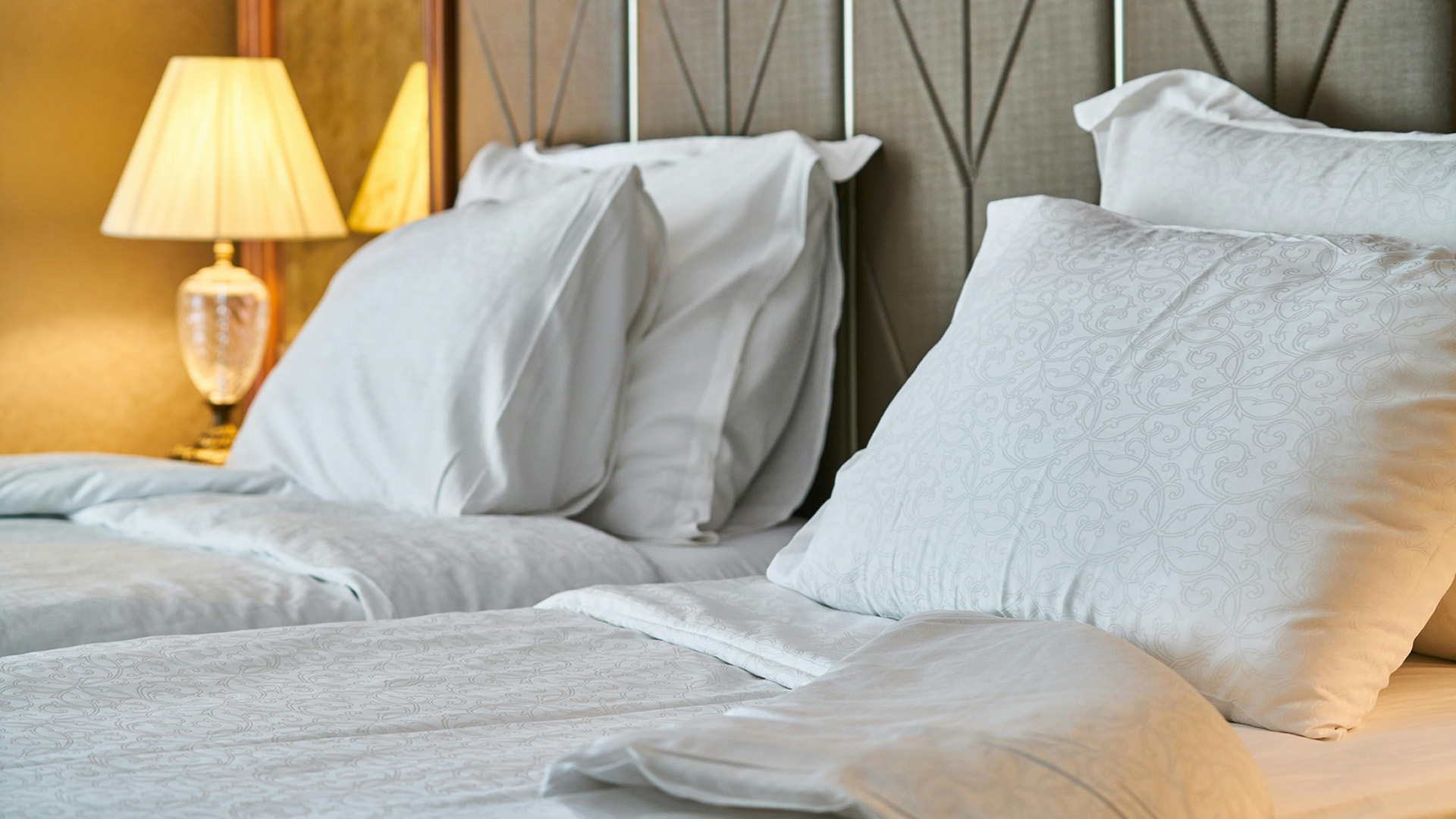If you own or operate a hotel or motel, you know the significant impact pests can have on your establishment. Not only can they damage your reputation and lead to financial losses, but they can also pose health risks to your guests and staff. Below, we discuss the most common pest infestations in hotels and motels—bed bugs and rodents—as well as steps you can take to prevent them.
Busting Bed Bugs
Bed bugs are perhaps one of the most notorious pests in lodging establishments. These tiny, blood-sucking insects can quickly infest bedding, furniture and even luggage, making them a nightmare for guests and management alike.
Because bed bugs are skilled hitchhikers, you can practice exceptional cleaning protocols and still end up with an infestation. Guests may inadvertently carry in bed bugs in their luggage or clothing, having picked them up during their travels.
Train your staff to look for signs of bed bugs as they change linens and turn over rooms:
- Bed bugs are small, reddish, oval-shaped insects.
- Molting (shedding) bed bug nymphs leave behind translucent or light-colored skins and shells.
- Bed bug eggs look like tiny grains of white rice.
- Bed bug excrement appears as small black- or rust-colored spots.
In addition to mattresses and bedding, bed bugs can be found on furniture, along baseboards and carpet edges, around door frames, in wall cracks, and behind loose wallpaper and chipped paint.
Running Off Rodents
Rodents, including mice and rats, are also common pest infestations in hotels and motels, drawn to the abundance of food waste and potential nesting sites. In addition, many establishments have multiple points of entry, which makes exclusion—one of the key forms of rodent prevention—extra challenging.
Mice and rats both defecate frequently and can quickly contaminate food and surfaces. Because they can carry diseases and other pests, such as ticks, it’s important to address any issues quickly.
Train your staff to spot these signs of rodent infestations:
- Droppings
- Evidence of gnawing
- Rub marks (from their body oils) along baseboards
- Noise coming from ceilings or behind walls
Proactive Pest Management
Preventing pest infestations of all types is crucial for maintaining the reputation and cleanliness of your establishment. Take these proactive steps:
- Implement a thorough cleaning regimen. Regularly clean and inspect guest rooms, common areas and back-of-house areas for any signs of pest activity.
- Educate your staff. Train your housekeeping and maintenance staff to recognize the signs of pest infestations and report any issues immediately. Small issues can become major infestations very quickly.
- Prevent access. Take steps to seal any potential entry points for pests, such as gaps around doors and windows or cracks in walls and floors. Installing door sweeps and screens can help prevent rodents and insects from gaining access to your property.
- Dispose of waste properly. Proper waste management is essential. Ensure that garbage bins are emptied regularly and that food waste is stored in sealed containers away from the building.
Despite the best efforts of you and your team, pest problems can still occur. If you experience a pest infestation in your establishment, it’s essential to take swift action to address the issue. Attempting to deal with the problem on your own can be ineffective and may even make it worse.
Your most effective strategy for a successful pest management program is an experienced pest control partner who services your establishment regularly. Our experienced and licensed technicians are thoroughly trained to conduct comprehensive inspections and implement targeted treatment methods.
Whether you need ongoing pest control services or have an infestation that needs to be addressed quickly, reach out to our team for expert guidance and a customized solution.

